2.1 Outdoor Safety
Clothing
Proper clothing is the foundation of outdoor safety. You should always check the weather forecast to help you dress for the conditions. Here are some general guidelines to help you dress appropriately.
- Footwear: Your footwear should be comfortable and provide support and grip. You can expect to walk on various surfaces, from gravel paths to dirt trails and grass. Hiking shoes are the best option, but sneakers/running shoes are adequate for most conditions. They will get dirty, so don’t wear your favourite white shoes! In wet conditions, trails can become muddy, so hiking shoes or even rubber boots may be the best choice for keeping your feet dry. Mud, roots, and rocks can become very slippery when wet, so footwear with traction will prevent unnecessary slips and falls. Sandals are not recommended under any conditions!
- Clothing: Your clothes should be lightweight and comfortable. Ideally, you should wear long pants (tucked into socks) and a long-sleeved shirt (Middlesex-London Health Unit, n.d.). Wear layers to adjust to changing temperatures. In colder conditions, you may need an insulating jacket and hat/mittens. In wet conditions, you should have a raincoat. In sunny conditions, wear a hat for sun protection.
Appropriate hiking clothing also helps protect you from the sun. The sun’s ultraviolet (UV) radiation can cause sunburn and skin damage and increase the risk of skin cancers. Wear sunscreen on any exposed skin with a Sun Protection Factor (SPF) of at least 30 (Healthwise Staff, 2023). On hot days, you may also wish to bring a reusable water bottle to stay hydrated.
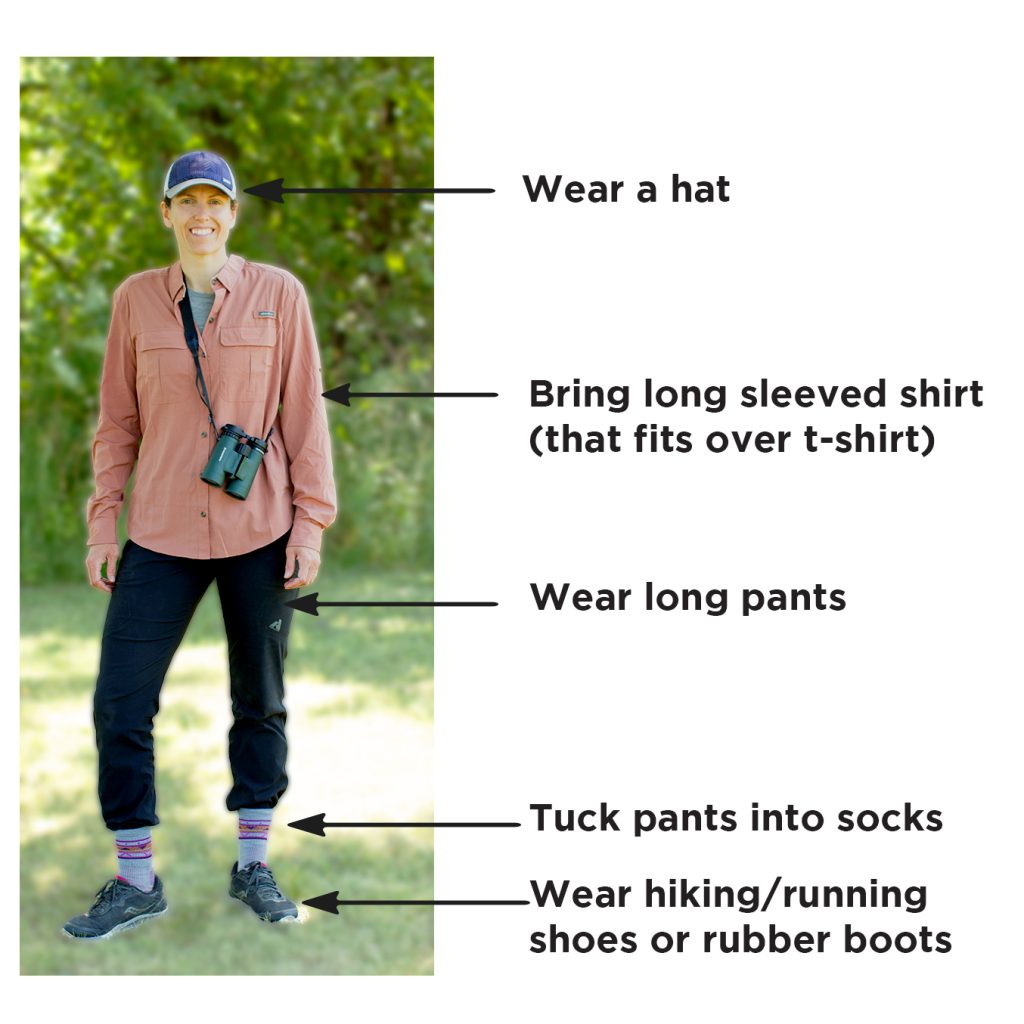
Bugs
Most bugs in Southwestern Ontario will only cause minor irritation, but some can be more harmful.
For more information on outdoor health, see the Government of Ontario website’s health and wellness page.
Bees
Bee stings can be painful but are not often dangerous. Most bees will only attack if annoyed, so the easiest way to prevent a sting is simply to leave the bee alone. If you are allergic to bees, then please let your instructor know and carry an insect sting allergy kit during all outdoor excursions.
Mosquitoes
Mosquito bites are a common occurrence when exploring nature. Most mosquito bites will only cause minor itching, but there is also a small risk of contracting West Nile Virus. Symptoms for someone bitten by a mosquito carrying West Nile Virus can range from nothing to high fever, tremors, or muscle weakness (Ministery of Health, 2017). You can reduce the incidence of mosquito bites by covering up and wearing light-coloured, long-sleeved shirts, pants, and socks. You can also use an insect repellent.
Ticks
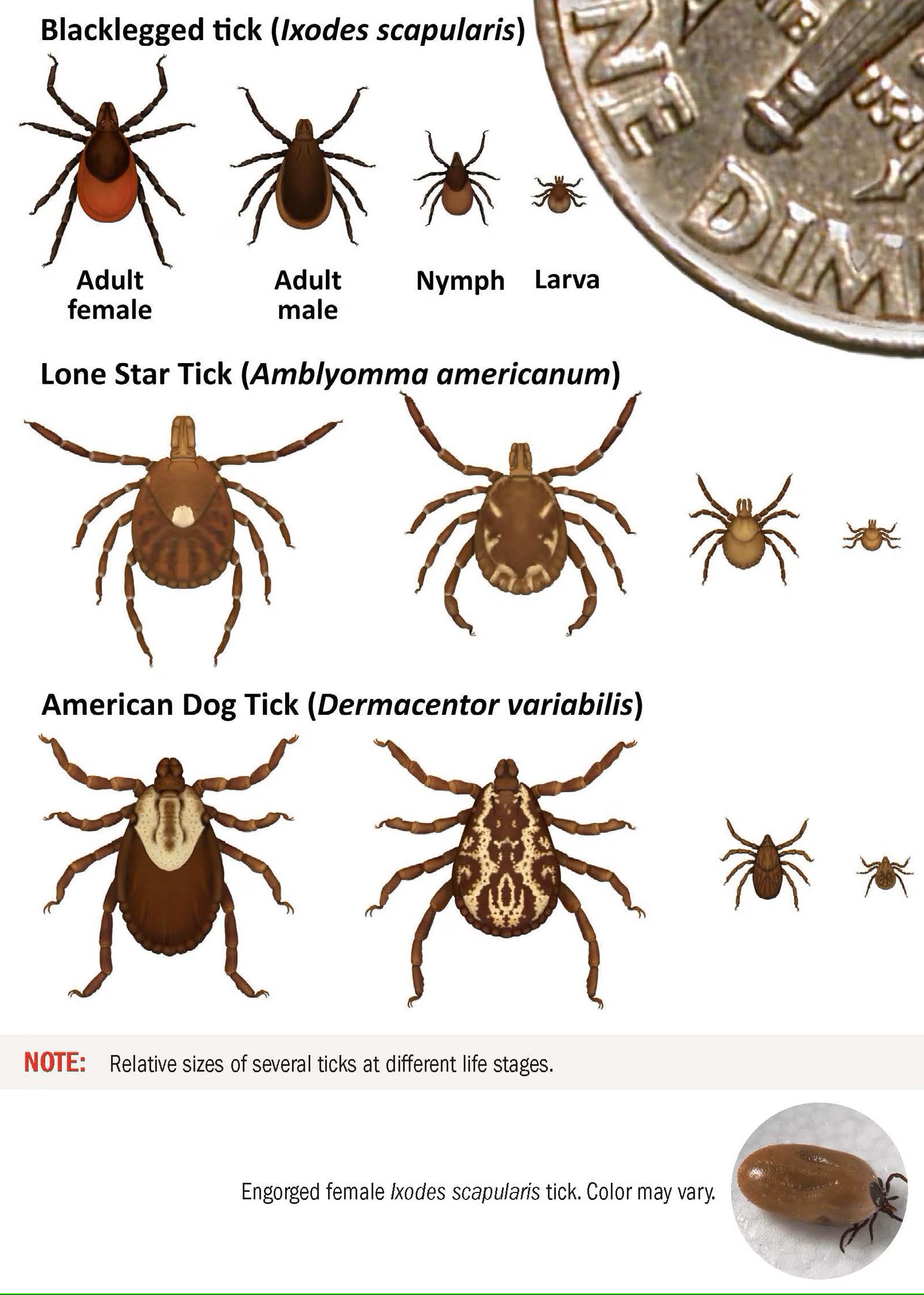
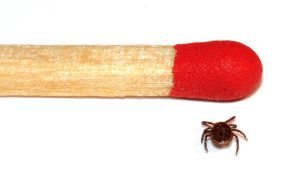
Ticks are most common during warm months but can be active any time of year on days over 4°C (Tick Talk, n.d.). Lyme disease can be transmitted to humans through the bite of an infected black-legged tick (Middlesex-London Health Unit, n.d.). Protect yourself from tick bites by wearing long sleeves and long pants and tucking your pants into your socks. You can also use insect repellent containing DEET (Middlesex-London Health Unit, n.d.).
Ticks remain attached to you while they feed, so always do a “tick check” after hiking. Check your clothes and entire body, but pay special attention to hidden areas such as the scalp, behind the ears and underarms (Johnson, 2020).
Infected black-legged ticks need to be attached for at least 24 hours in order to transmit the bacteria that causes Lyme disease. If you find a tick, remove it promptly with tweezers, grasping close to the skin and pulling straight out. Do not use your fingers (Middlesex-London Health Unit, n.d.). Refer to the Middlesex London Health Unit for further information.
The most common tick in London is the American Dog Tick, which does not transmit Lyme Disease. They are often larger than black-legged ticks and can be distinguished by their body colour and pattern (Middlesex-London Health Unit, 2018).
Please note that ticks are small and can be hard to spot. An adult female black-legged tick is only the size of a sesame seed (Middlesex-London Health Unit, 2018)!
Dangerous Plants
Certain plants in Southern Ontario may be harmful if they come in contact with your skin or eyes. Here are a few dangerous plants that you may encounter around London:
| Plant | Associated Risks | Appearance |
|---|---|---|
| Ragweed: | Common allergen that causes runny nose, sneezing, watery eyes, etc. |
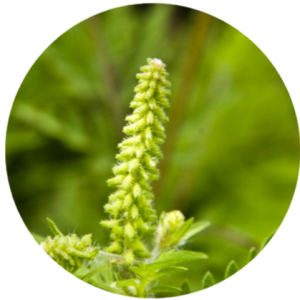 |
| Stinging Nettle: | Contact with the plant can cause a painful stinging sensation, itching, and a rash. |
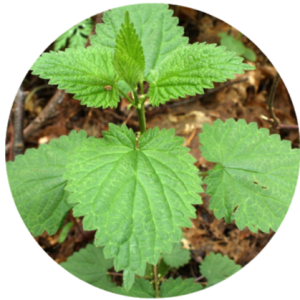 |
| Poison Ivy: | Contact with the plant’s oil (urushiol) can cause a red, itchy rash. |
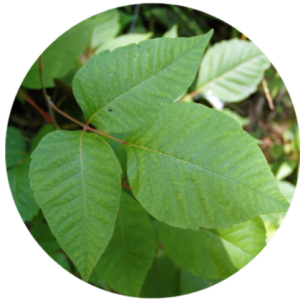 |
| Giant Hogweed: | The sap can cause severe skin burns and blisters when exposed to sunlight. |
 |
If you touch one of these dangerous plants, then please wash the affected area with soap and water as soon as possible.
You can use iNaturalist to help you identify the plants you see and determine whether they are dangerous!
Wildlife Encounters
Most animals common to natural areas in Southern Ontario are fairly low-risk; it’s nevertheless wise to take some precautions:
- Observe wildlife from a distance. Do not attempt to touch animals.
- Never feed wild animals. Feeding desensitizes animals to human contact and increases the chances of negative encounters.
- If you encounter a larger animal, such as a coyote, keep your distance and stay calm. In the unlikely event that it approaches you, make yourself look bigger and yell.
Banner Image Attribution
“Hiking Trails”, Petrit Bejdoni, CC BY-SA 4.0


